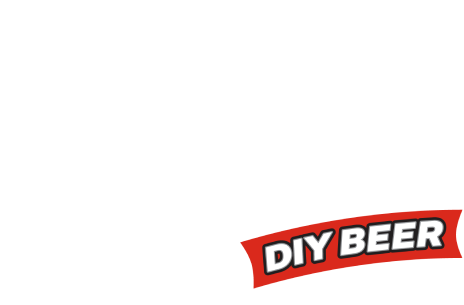
Russian Imperial Stout
Russian Imperial Stout (RIS), also known as Imperial Stout, was so named from the circumstances of the time. In the 18th century, strong stouts and porters were exported from England to a number of Northern European countries. The high level of alcohol evolved out of necessity as this prevented the brew from freezing when in transit. This style of stout was especially popular in Russia, particularly with the Imperial Court and became so named 'Russian' or 'Imperial' Stout. RIS continued to be exported to the Baltic region right up to the start of World War I.
RIS is an excellent beer to watch develop for several years with bottle age . When young it may be strongly alcoholic with powerful roasted character and a very bitter finish. With years of age, the alcoholic and roasted characters meld together and the bitterness softens to produce Madeira like characters.
Generally, RIS carries less fizz and should be served at about 15°C. This style of beer should appeal to anybody who likes aged fortified wine or dark fruitcake.
This brew is a serious stout, intensely dark, high in alcohol, syrupy, bittersweet with excellent aging potential. Fermentation of this brew requires the capacity for controlling ample foam.
Beer Style
Ale, Dark
Flavour Profile
Malty, Roasty, Sweet, Bitter-Finish
Alcohol Content
9.2
Colour (SRM)
109.1
Bitterness (IBU)
100
Volume
20L
Difficulty
Easy
Flavour Profile
 malty
malty
 roasty
roasty
 sweet
sweet
 bitter-finish
bitter-finish
Recipe contains:
- 1 × Stout (1.7kg)
- 1 × Dark Ale (1.7kg)
- 1 × Lager (1.7kg)
- 1 × Dextrose (1kg)
- 1 × Carbonation Drops (250g)
Ingredients
- 1 x 1.7kg Coopers Stout
- 1 x 1.7kg Coopers Dark Ale
- 1 x 1.7kg Coopers Lager
- 1 x 1kg Coopers Dextrose
- 1 x 250g Coopers Carbonation Drops
1. Mix
- Prior to mixing the brew, rehydrate the 3 brew can sachets of yeast by adding to 250ml of tepid water, stir to make a creamy mix, cover with cling-wrap and sit for 15 to 30mins.
- Add the contents of the Stout, Dark Ale, Lager and the Dextrose to the fermenting vessel and dissolve with 4 litres of hot water.
- Top with cold water up to the 20 litre mark - note this brew should start fermentation at around 18C, so 5 to 10 litres of refrigerated water may be required to hit this temperature.
- Stir vigorously.
- Add the creamed yeast and stir through.
- Fit the Krausen Kollar and lid then secure them together with the lid clips.
2. Brew
- Ferment temperature should be as close to 18C as possible.
- Once the foam has collapsed back into the brew, remove the Krausen Kollar and Lid for cleaning and refit the lid for the remaining ferment time, around 6 to 9 days.
- Fermentation has finished once the specific gravity is stable over 2 days.
- Expected final gravity reading to be quite high - around 1022.
3. Bottle
- If you intend to age this brew longer than 12 months, we would recommend to bottle in glass bottles which are suitable for home brewing.
- Otherwise gently fill clean PET bottles to about 3cm from the top.
- Add 2 carbonation drops per bottle and secure the caps.
- Store the bottles upright in a location out of direct sunlight at or above 18C.
Need bottles?
4. Enjoy
- After at least two weeks, check for sufficient carbonation by squeezing the PET bottles.
- Allow to condition for at least 3 months in the bottle.
- Remember these brews are very high in alcohol and are not intended to be consumed as a session beer.
- When ready to drink, chill the bottles upright.
- The chilled beer may be poured into clean glassware, leaving the sediment behind.
- Expect the alcohol content to be approximately 9.2% ABV.
